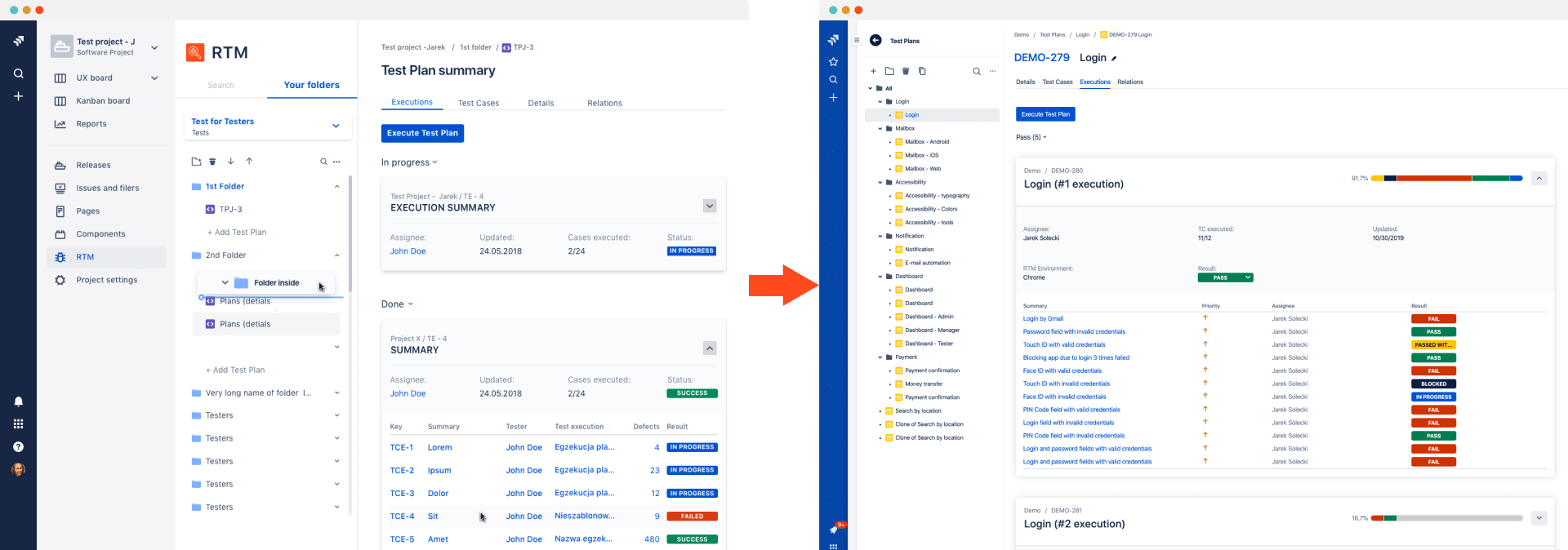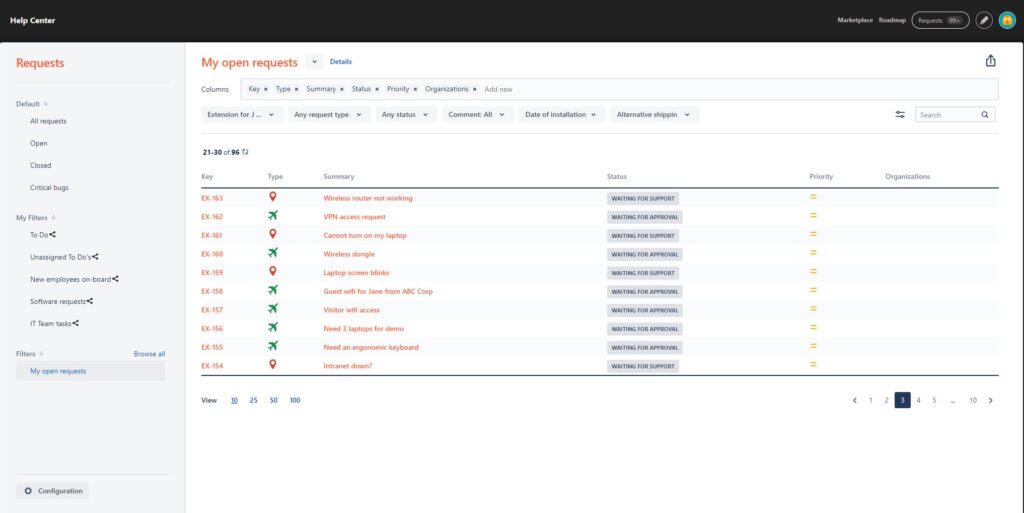How Deviniti includes customers in the software design process

Updated on August 3, 2022
In the software development process, we need to bear its end-users in mind. Although the main goal is attaining a product-market fit that will enable us to maximize growth, return on investment and profit, it’s impossible to achieve it without learning about the customer. That’s why we should first aim to tailor the product to the needs of potential users by including such tools as user personas and use cases in the design process.
Sources of knowledge for designing software
User personas
These come in handy when we have little to no idea about real users of our software. Usually, this happens at the startup phase or when we develop a new product and have little data about the target audience. In this case, we should create user personas that represent the ideal customer and will give us a chance to understand our client’s point of view. They are constructs that show the demography, the behavior patterns, and the attitudes of the end-users in their given roles.
Whether we’re a B2B or B2C business, these archetypes differ. While B2C customers make individual (sometimes impulsive) decisions based on their own or their families’ wants and needs, B2B clients put their company’s needs and pain points first. That’s why, as we design B2B user persona templates, we need to create a few of them for each product and take into account how they communicate with their team and organization. While doing this, we can source from desk research and team brainstorms, but these will always reflect our past experience and not necessarily the actual situation.
To make the development of extensions to their software easier, Atlassian provides its partners with information about their own personas and primary issues. What they do is they gather the most common traits of their customers and positions they occupy on persona and role cards. Thanks to these cards, we’re able to create a variety of user personas which will include some typical questions.
For example, a product manager would ask how a person like Alana or Will behave, and how their attitude shows in the decision-making process. Even though such information seems quite basic, it covers those matters which are crucial for the users and allows us to create more advanced personas.
Customer feedback and use cases
However, nothing can replace authentic user feedback when we’re already in the market. The actual users give us information about their specific needs or issues they experience on the way. Before designing an app or a feature based on that information, we need to grasp an understanding of the various use cases for our solution. These scenarios will help us figure out the easiest way to configure the extension, the key features, as well as some other aspects, including even slight changes to the user interface.
More and more often, thousands of companies and users create tight communities that share similar priorities and problems. That’s the case of the Atlassian Community, which has grown to over 3,5 million users in just 3 years! People there share their opinions on Atlassian software and ask for help in using it every day. So as a Solution Partner and a Marketplace vendor, we can help people out and search for more insight into their use cases, or find questions not covered by the software’s native features nor other apps.
The Atlassian’s own Jira is another huge database of customer requests. Some of them have huge activity from the customer base but not so much from the Atlassian side. Such requests are great opportunities for app vendors – a couple of ours originated this exact way.
Of course, if you’re a custom dev company, you’re in the best situation – not only because you’re paid before the product is out, but also because this is the closest way to collaborate. You can ask for as much detail as you need, most often create a comprehensive requirements list out of that, and iterate with feedback really quickly. Analyzing support tickets, conducting surveys, and taking part in live events or trade shows can be a good alternative for publicly available software.
Using this knowledge in the UX design process
Archetypical users, customer feedback, and use cases helped us sort out the whole product development process. Thanks to all the information, we now know which features are important for our users from the very beginning, which elements should be most visible, and which ones are rarely used. Based on that insight, we’re able to set a priority for each functionality, thus creating a roadmap that puts the most pressing matters at the forefront.
Such was the case of Requirements and Test Management for Jira, which was developed first and foremost for manual software testers. That’s why the first versions of the app only include the features needed for this target user. And now, after developing the most crucial functionalities for manual testers and their managers, we focus on enabling automated testing.
However, user personas may have no use at all for more extensive apps that have too wide a scope of usage. In this case, good research and analysis of users’ needs and wants comes in handy. For example, the idea for My Requests Extension for Jira Service Management was a result of going through the issues submitted in the Atlassian’s issue tracker, the queries posted on the Atlassian Community, as well as paying attention to the feedback from our actual customers. Thanks to these, we were able to create various use cases provided by the users of the platform, which then were turned into the app’s features.
Another thing is when the clients themselves come to us with a specific need to fulfill. That was the case of MetLife, who reached to us when they decided to implement Jira Service Management and streamline their ITSM process. They needed such features as dynamic request forms and request type security, the possibility to translate the Customer Portal into various languages, and many others. At that time, these features were custom-made by our Atlassian Experts, but later on we built them into commercial apps like Extension for Jira Service Management or Dynamic Forms for Jira.
Key takeaways
Before developing an app, we always think about what Atlassian users need. Usually, our customers help us with it by leaving feedback, proposing new features, or asking us directly for help. Then there is the Atlassian Community, where we come across many ideas for new extensions and features. But creating user personas, an ideal archetypical user of Atlassian software and our products, helps us with understanding what they need most to improve their experience within the platform and thus improve the comfort of work.
We find user personas more useful in the early stages of a software project. Even though they’re more specific in terms of the end-users’ personality, they don’t tell us much how they work with the tool and each other as a team. Those use cases we collect at live events like the Atlassian Summit, by conducting surveys and interviews, and also through our Support channel.
Discover Atlassian Marketplace
Get to know our apps better and see what we can offer you







